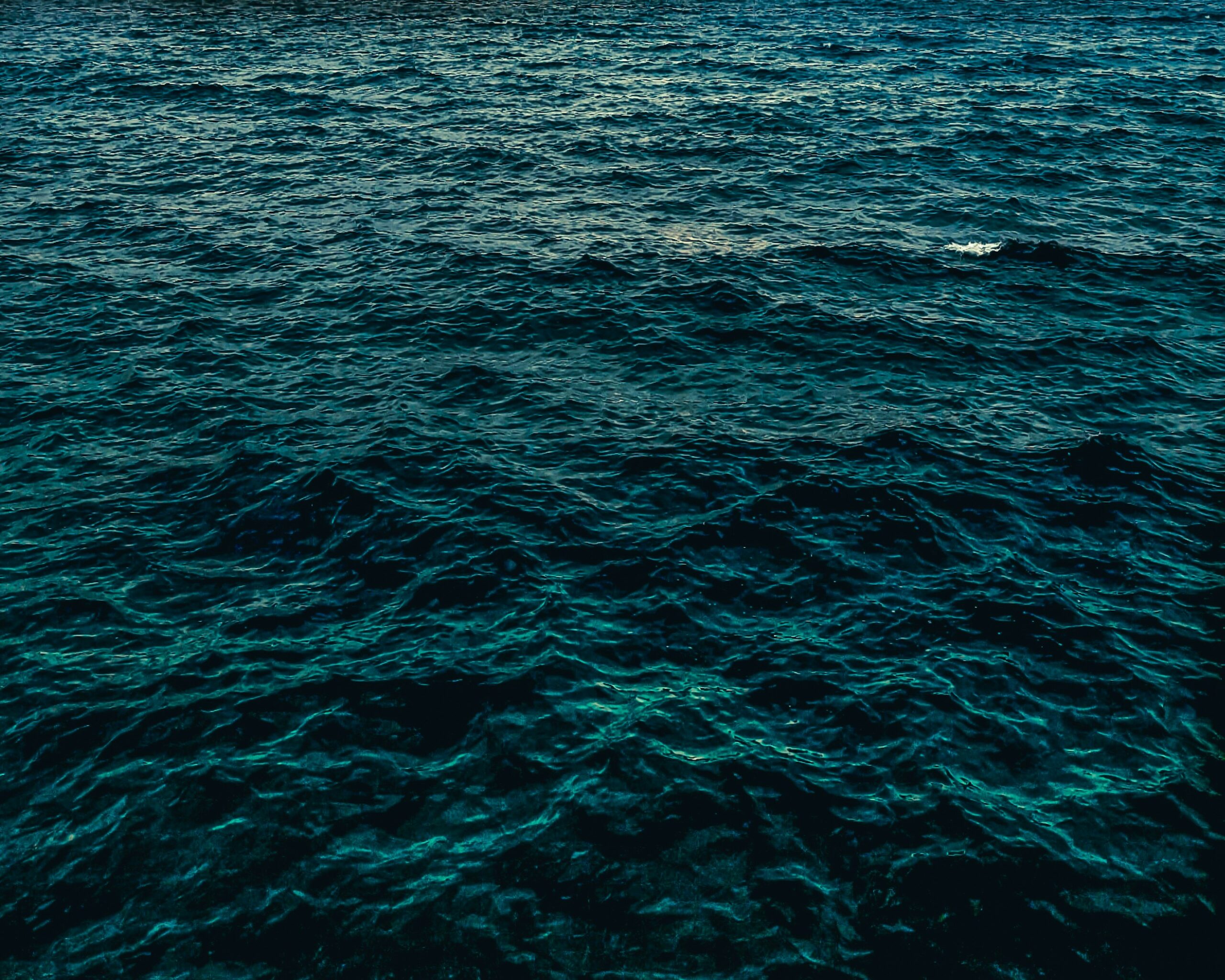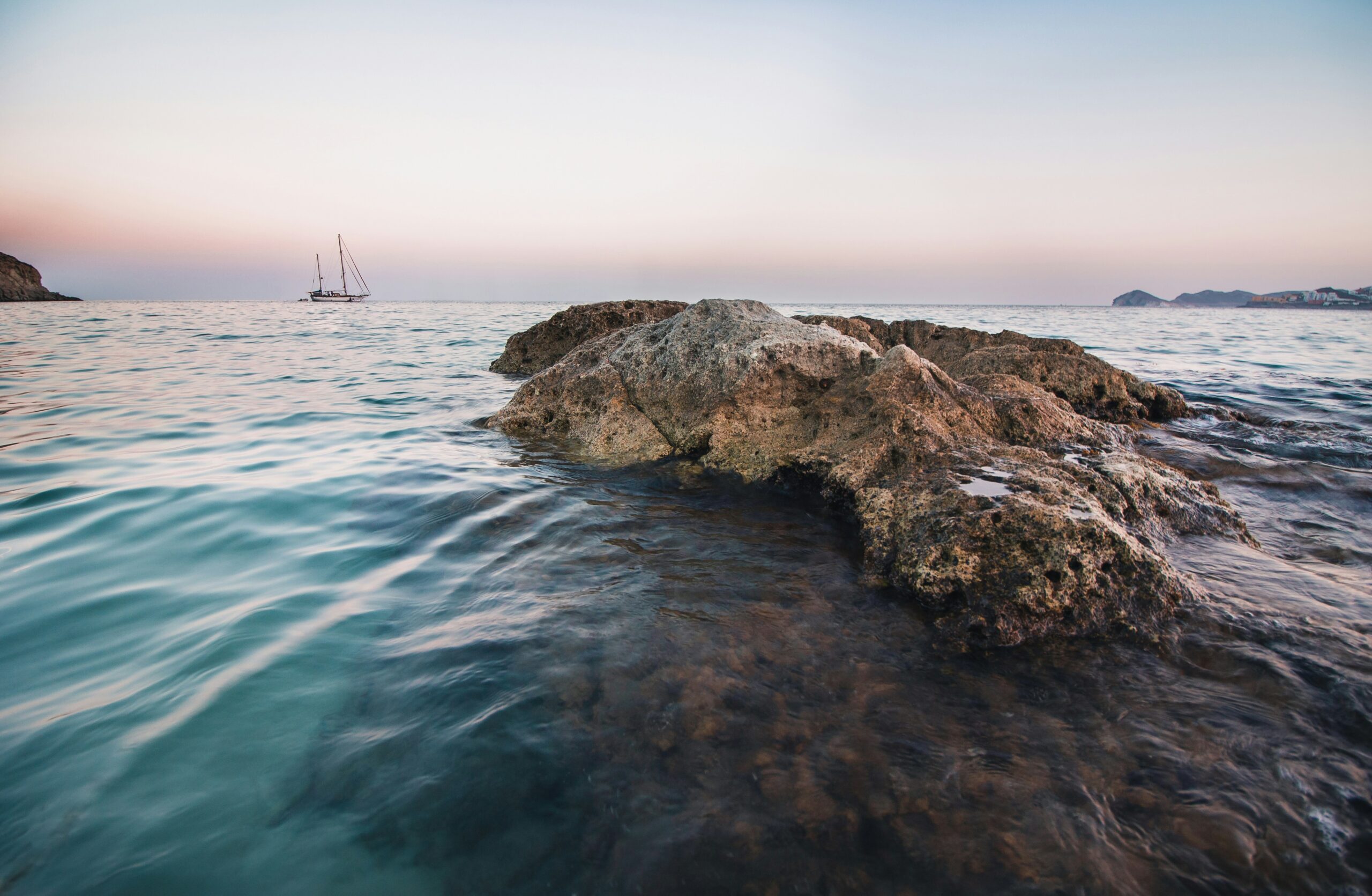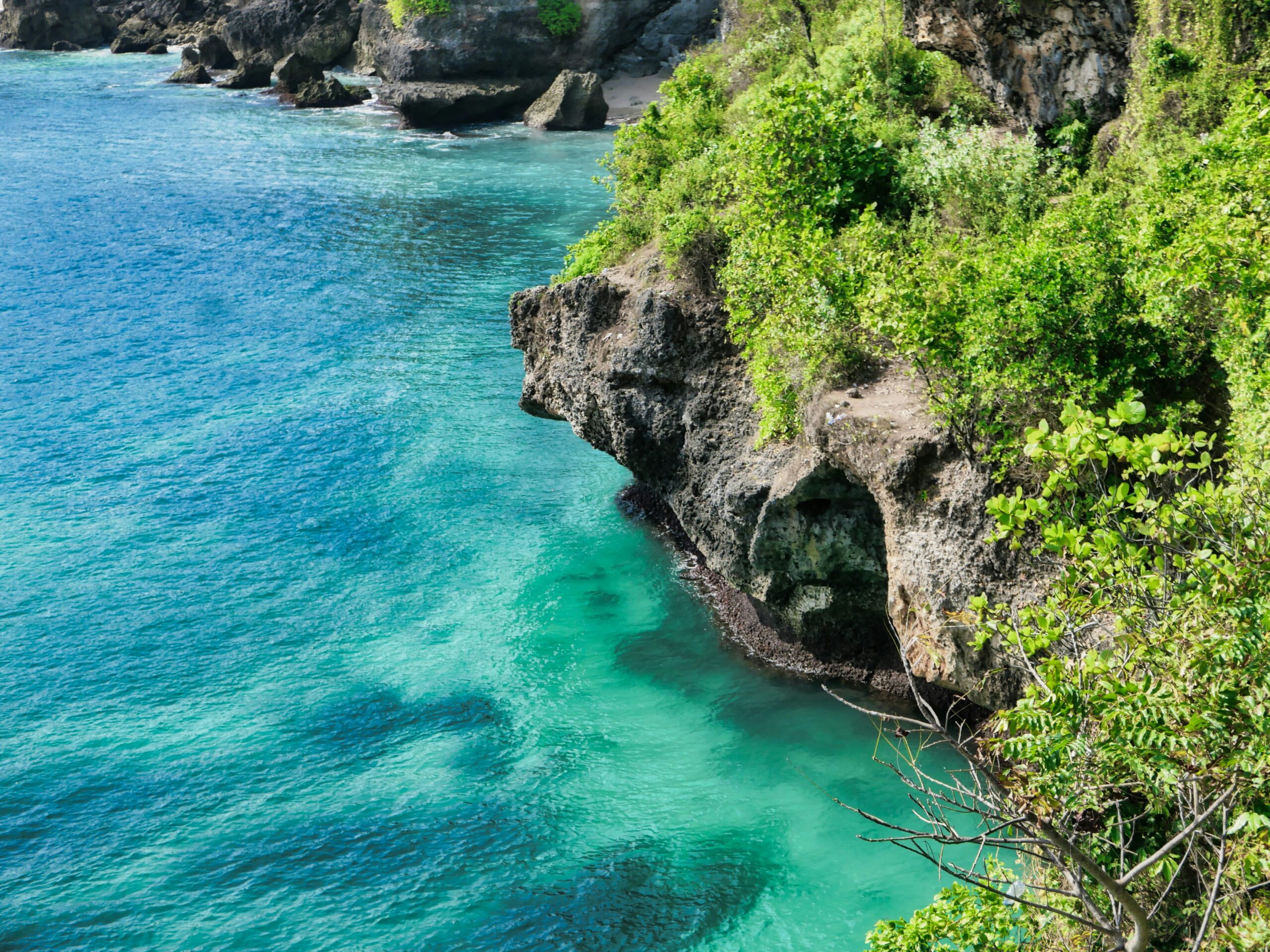Introduction
Photographing ocean waves can be a mesmerizing experience, offering dynamic and ever-changing subjects that reflect the beauty and power of nature. However, capturing the perfect wave shot requires more than just being at the beach with a camera. Timing plays a crucial role in determining the quality of your photos, as different times of day, weather conditions, and tides all impact the scene. So, when is the best time to photograph ocean waves? Let’s explore the factors that influence your chances of capturing breathtaking wave images.
Golden Hour: The Magic of Sunrise and Sunset
One of the most popular and visually stunning times to photograph ocean waves is during golden hour, which occurs shortly after sunrise and just before sunset. The light during these times is softer and more diffused, casting a warm, golden glow across the scene. This gentle lighting enhances the colors and textures of both the water and the sky, making waves appear more dramatic and ethereal.
- Sunrise: Early morning is ideal for wave photography if you prefer quiet, undisturbed beaches. The calm atmosphere and cool tones of the rising sun create a peaceful, reflective mood in your photos. The water can often be smoother, and the first light glistening on the waves adds a magical effect.
- Sunset: As the day ends, the setting sun bathes the ocean in rich, warm hues. Sunset is particularly striking if you want more dramatic contrasts between light and shadow. The vibrant colors in the sky—ranging from deep oranges to purples—can serve as a stunning backdrop for crashing waves.
Blue Hour: A Tranquil and Moody Scene
Following sunset or preceding sunrise is the blue hour, a period when the sky takes on a deep, bluish hue and the light is soft and diffused. This time is perfect for photographers who want to capture a moody, serene feel. The cooler tones of blue hour contrast beautifully with the white foam of breaking waves, and the slower shutter speeds required in low light can result in dreamy, blurred motion effects in the water.
Midday: Crisp Details and Intense Waves
While midday light is typically harsher and less forgiving for most types of photography, it can still work well for photographing ocean waves, particularly if your goal is to capture crisp details. The overhead sun illuminates the waves, showcasing their texture, transparency, and movement. This is especially useful if you want to highlight the sharp edges of breaking waves or capture the moment when water splashes high into the air.
Keep in mind that midday light can create strong shadows and high contrast, so you’ll need to manage exposure carefully. Polarizing filters can help reduce glare and enhance the colors of the ocean, especially under bright sunlight.
During Storms: Capturing Powerful and Dramatic Waves
Some of the most awe-inspiring ocean wave photographs come from stormy conditions. When the weather is rough, the waves are at their most powerful, creating an intense and dramatic scene. Windy days with overcast skies make for an atmospheric and moody setting, while the crashing waves provide dynamic motion that’s ideal for long-exposure photography.
However, photographing waves during storms requires extra caution. Make sure to maintain a safe distance from the water, as large, unpredictable waves can be dangerous. Using a telephoto lens allows you to capture the action from a safer vantage point, while still getting the impressive scale and force of the waves.
High Tide vs. Low Tide: Timing Your Shot
The tide plays a crucial role in determining the appearance and behavior of ocean waves. Knowing when the tide is in or out can significantly impact your photography.
- High Tide: When the tide is high, waves tend to be larger and more forceful as they crash against the shore. High tide also brings the water closer to coastal structures like cliffs, rocks, or piers, making for more dramatic compositions. This is ideal if you want to focus on the interaction between the waves and the shoreline.
- Low Tide: Low tide exposes more of the beach and often reveals interesting foreground elements like tide pools, rocks, and sand patterns. The waves may be smaller, but the receding water offers an opportunity to capture reflections and long, smooth lines in the sand. Low tide is excellent for wide-angle shots that emphasize the relationship between the ocean and the shore.
Long Exposure Photography: Creating Dreamy Wave Shots
If you’re aiming to capture the flowing, ethereal movement of ocean waves, long exposure photography is a technique you’ll want to explore. The best times for long exposures are during lower light conditions—such as early morning, late evening, or on cloudy days—when you can use a slower shutter speed without overexposing the image.

Long exposures soften the appearance of waves, turning them into silky, smooth streaks of water that contrast beautifully with sharper elements in the frame, such as rocks or cliffs. You’ll need a tripod to keep your camera steady and avoid motion blur, and experimenting with different shutter speeds can help you find the balance between motion and detail.
Overcast Days: Soft Light and Smooth Waves
Overcast weather provides a natural diffuser, creating even, soft lighting that eliminates harsh shadows. This kind of light is perfect for photographing ocean waves, as it allows for more detail in both the highlights (like the white foam of a wave) and the shadows. The uniform light also emphasizes the texture and subtle movement of the water, creating a more balanced and natural feel to your photos.
On overcast days, the waves often appear calmer and smoother, which can be ideal for photographers who want to capture the more tranquil side of the ocean.
Weather Patterns: Understanding How Waves Behave
Understanding how different weather patterns affect ocean waves is key to being in the right place at the right time. For example:
- Windy Days: Wind increases the size and intensity of waves, creating more dynamic and chaotic scenes. Strong onshore winds push waves toward the shore, making them crash more forcefully, while offshore winds can smooth the surface of the water and create ideal surfing waves with glassy textures.
- Calm Days: On calm days, waves may be smaller and slower, allowing for more reflective, peaceful photographs. This is perfect if you’re looking to capture gentle ripples or the play of light on the water.
Composition Tips for Ocean Wave Photography
- Use Leading Lines: Waves naturally create leading lines that draw the viewer’s eye into the frame. Whether it’s the crest of a wave or the foam left behind as water retreats, these lines help create a sense of movement and depth.
- Focus on the Foreground: Incorporate rocks, sand patterns, or driftwood in the foreground to add interest and context to your wave photos. A well-composed foreground can anchor the image and give the viewer a sense of scale.
- Experiment with Different Angles: Try shooting from low angles to make the waves appear more powerful and towering. Alternatively, capture overhead shots if you have access to higher vantage points, such as cliffs or piers.
- Freeze the Action: Use a fast shutter speed to freeze the motion of crashing waves, capturing the sharp, defined edges of the water as it splashes. This technique works especially well in bright daylight or when waves are particularly active.
Conclusion
The best time to photograph ocean waves depends on the mood and effect you want to achieve. Whether you’re seeking the soft, warm glow of golden hour, the dramatic energy of a stormy day, or the tranquil beauty of an overcast sky, there are endless opportunities to capture stunning images of the ocean. By understanding how light, tides, and weather conditions affect wave behavior, you can time your photography sessions for maximum impact. So grab your camera, head to the shore, and let the ocean provide the perfect backdrop for your creative vision.
FAQs
- What is the best time of day to photograph ocean waves? The best time is typically during golden hour, just after sunrise or before sunset, when the light is soft and warm. Blue hour is also great for a moody, serene effect.
- How do tides affect ocean wave photography? High tide brings larger, more dramatic waves closer to the shore, while low tide reveals more of the beach, creating interesting foregrounds and reflections.
- What weather conditions are best for photographing waves? Overcast days offer soft, even lighting, while stormy conditions create powerful, dramatic waves. Windy days can enhance wave size, but be mindful of safety.
- Can I use long exposure for wave photography? Yes! Long exposures create a dreamy, silky effect on the water, especially in low-light conditions like dawn or dusk. A tripod is essential for this technique.
- Do I need special equipment to photograph ocean waves? While a basic DSLR or mirrorless camera works well, a tripod is crucial for long exposures, and a polarizing filter can help reduce glare from the water.



